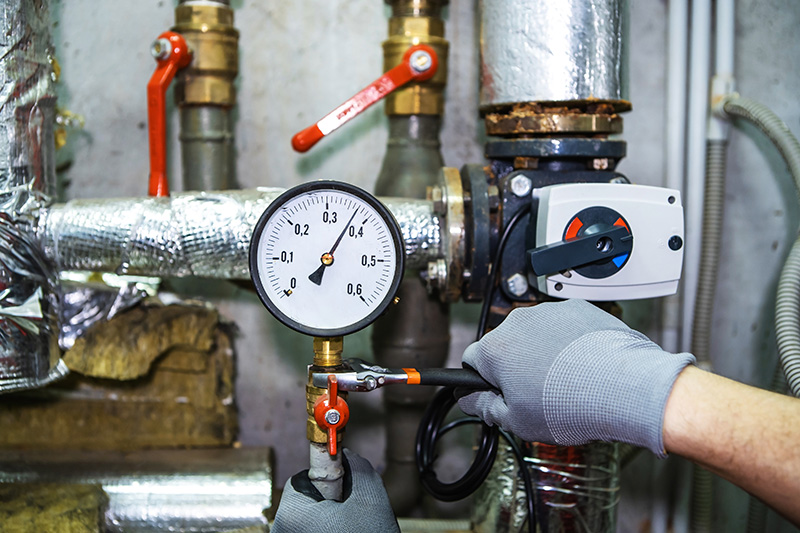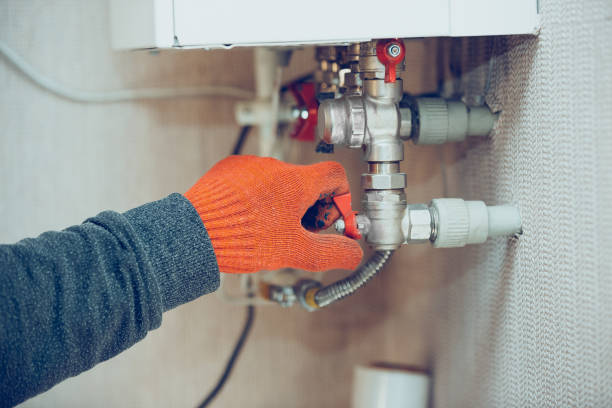Each person has got their unique assumption in relation to 10 Reasons for Low Water Pressure in Your House.

Low tide stress in your home can be an aggravating problem, influencing every little thing from bathing to washing recipes. If you're experiencing weak water flow, there are a number of possible reasons and options to discover. In this guide, we'll discuss usual reasons for low tide pressure and useful steps to attend to the concern successfully.
Introduction to Low Tide Pressure
Low tide stress occurs when the circulation of water from your taps, showers, and other components is weak than common. This can make daily jobs much more tough and much less efficient. Recognizing the sources of low water pressure is important to locating the appropriate solution.
Usual Reasons For Low Water Pressure
Faulty Stress Regulatory Authorities
Stress regulators are responsible for preserving consistent water stress in your home. If they malfunction, it can lead to low water stress or uneven circulation throughout your house.
Local Supply Of Water Issues
Often, the problem lies outside your home. Local water supply concerns, such as main line leaks or maintenance job, can temporarily lower water pressure in your area.
Pipeline Obstructions
With time, pipes can end up being blocked with natural resource, sediment, or debris, limiting the flow of water. This is an usual issue in older homes with galvanized steel pipelines.
Corrosion
Corrosion within pipelines can lead to leaks and lowered water stress. Rust accumulation can restrict water flow, especially in maturing plumbing systems.
Just How to Detect Low Water Stress
Examining Pipelines
Check visible pipes for indications of leaks, corrosion, or blockages. Take note of any unusual sounds, such as knocking or rattling pipes, which might show problems within the plumbing system.
Consulting with a Plumber
If you're unable to pinpoint the cause of low water stress, think about working with a specialist plumber to conduct an extensive inspection. They can identify underlying issues and suggest appropriate solutions.
Checking Taps and Components
Beginning by testing the water stress at different faucets and fixtures throughout your home. If the issue is separated to details areas, it may suggest local issues.
Do It Yourself Solutions to Fix Low Water Stress
Flushing Water Heater
Debris build-up in the hot water heater can limit flow and lower efficiency. Purging the tank occasionally assists remove debris and keep optimum efficiency.
Examining Pressure Regulatory Authority
Make sure that the stress regulator is working correctly. Adjusting or changing the regulator can assist bring back correct water pressure throughout your home.
Cleaning Aerators and Showerheads
Mineral deposits can accumulate in aerators and showerheads, decreasing water circulation. Get rid of and clean these components consistently to enhance water pressure.
Clearing Up Clogs in Pipes
For minor obstructions, try making use of a plumbing snake or chemical drainpipe cleaner to clear blockages in pipes. Beware when making use of chemicals and comply with safety standards.
When to Call an Expert Plumber
If do it yourself initiatives fail to resolve the problem or if you think considerable plumbing issues, it's finest to seek help from a licensed plumber. They have the know-how and devices to resolve intricate concerns safely and efficiently.
Preventive Measures to Maintain Water Pressure
Setting Up a Stress Booster
Think about installing a pressure booster pump to boost water stress in locations with continually low circulation. This can be especially helpful for multi-story homes or buildings with high-demand fixtures.
Surveillance Water Use
Bear in mind water usage habits and avoid overtaxing the plumbing system. Simple modifications, such as astonishing showers and washing tons, can help preserve appropriate water stress.
Regular Upkeep
Schedule regular upkeep for your plumbing system to stop concerns such as deterioration, leaks, and clogs. Resolving minor problems early can help avoid even more substantial repair work later.
Conclusion
Taking care of low water pressure can be frustrating, but identifying the underlying reasons and applying ideal services can restore optimum flow throughout your home. Whether it's cleansing aerators, examining pipelines, or consulting with a plumber, taking positive steps can guarantee a consistent supply of water for your everyday needs.
FOUR WAYS TO FIX LOW WATER PRESSURE NOW
Turning on a shower or faucet only to find the water comes out in a sad, slow drizzle is never a good feeling. How exactly are you supposed to wash a pan or take a quick shower when it takes 10 minutes just to rinse off a little soap? The good news is that when your water pressure is bad, there's always a cause: typically one that can be easily fixed. Here are some of the most common causes of low pressure and what you can do to fix the issue:
DEBRIS AND MINERAL DEPOSIT BUILDUPS
If you notice low water pressure from just one or two of the fixtures in your house, the problem likely has to do with debris buildup. Water is full of minerals and other debris, all of which can accumulate in your pipes and on your fixtures. This can cause a blockage that affects how much water flows through. To fix this, try filling a small plastic bag with white vinegar, and use a rubber band to hang it around your showerhead or faucet. Let the head of the fixture soak for a few hours, and the vinegar should loosen the deposits.
WATER LEAKS
Leaks are another common cause of low water pressure. If water is flowing out of your plumbing through a hole or crack before it can reach your fixture, the pressure coming out of the faucet or showerhead will be lower. A plumbing professional is your best bet for finding and repairing a leak in your water supply pipes.
Leaks are another common cause of low water pressure. If water is flowing out of your plumbing through a hole or crack before it can reach your fixture, the pressure coming out of the faucet or showerhead will be lower. A plumbing professional is your best bet for finding and repairing a leak in your water supply pipes.
A VALVE ISSUE
If you have low water pressure throughout your home, check your main shut-off valve to make sure it's completely open. You may also want to see if there's a pressure-reducing valve installed. If there is, have a plumber help you adjust the settings to get the pressure you're looking for.
OTHERS USING WATER
Believe it or not, your low water pressure could be caused by your neighbors. If you notice low pressure at certain times of day, it may be because you and the people living next to you have similar schedules - when everyone is showering at the same time, the pressure will be lower in every home. Low pressure throughout the neighborhood may also be caused by an issue with your municipal water supply. If that's the case, call the supplier to see if they're working on the issue.
https://www.rotorooter.com/blog/water-leaking/low-water-pressure-fixes/

As an avid reader about , I thought sharing that piece of content was a good idea. Appreciated our write up? Please share it. Help another person discover it. Thanks a lot for your time. Don't hesitate to visit our site back soon.
Quote